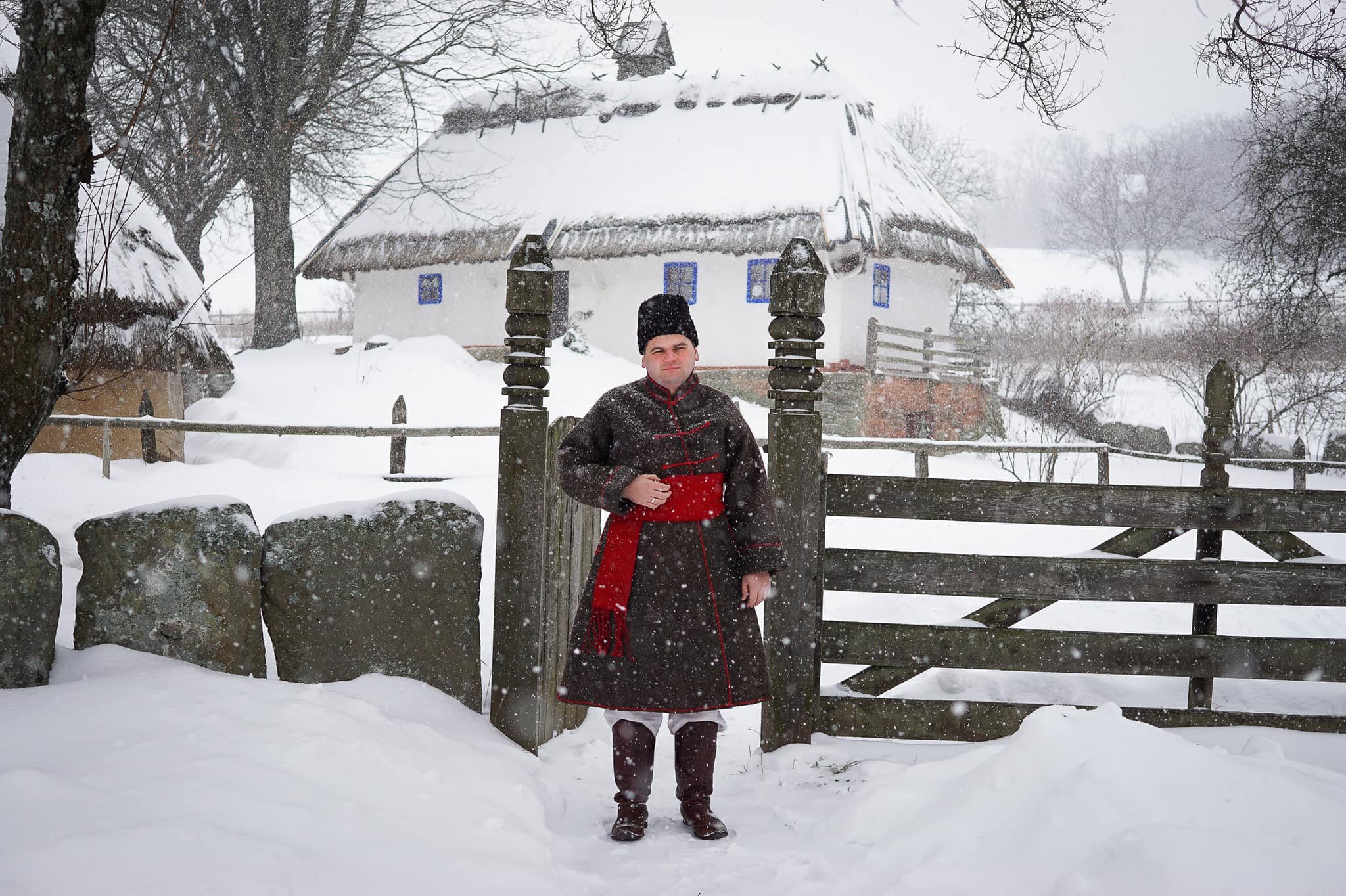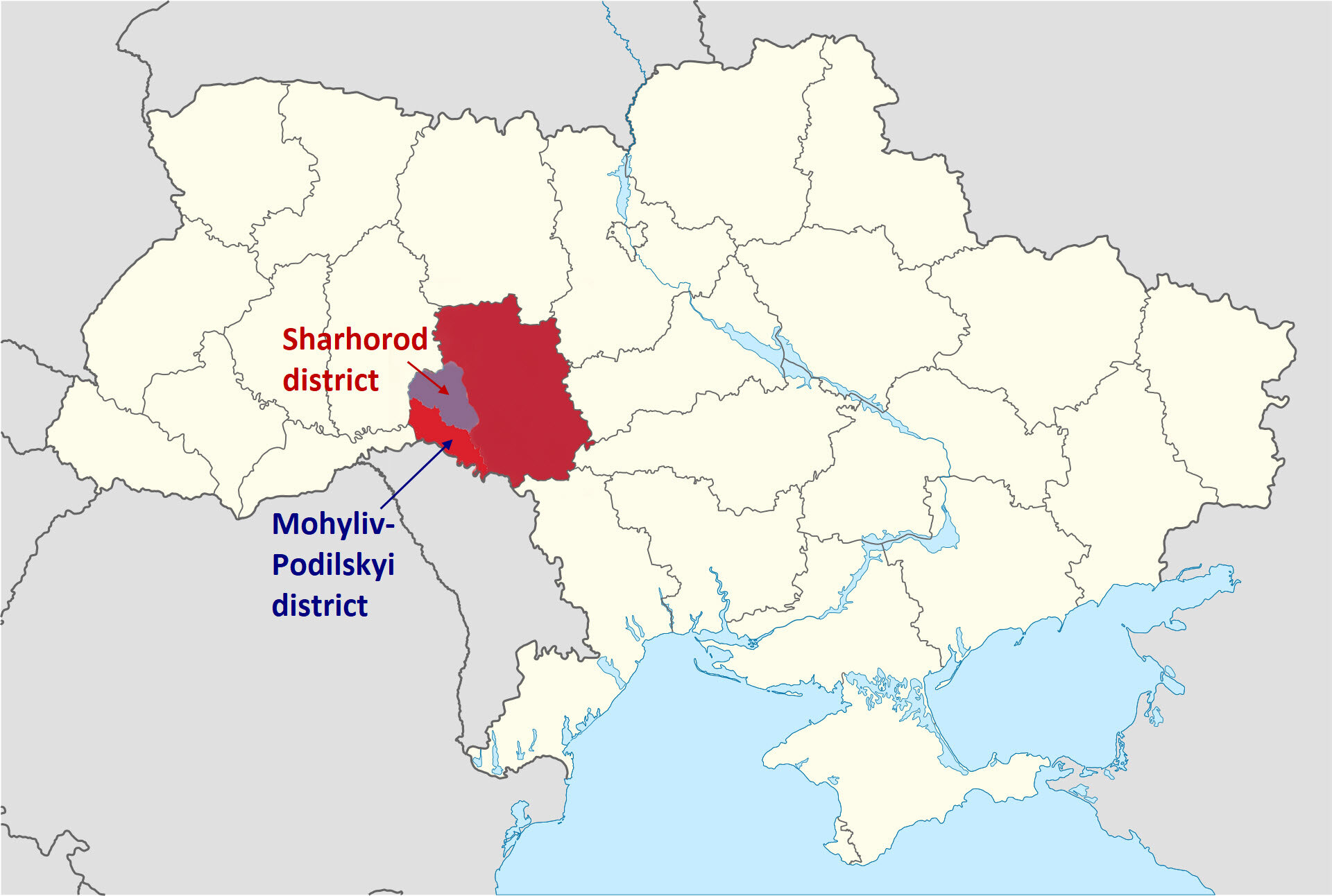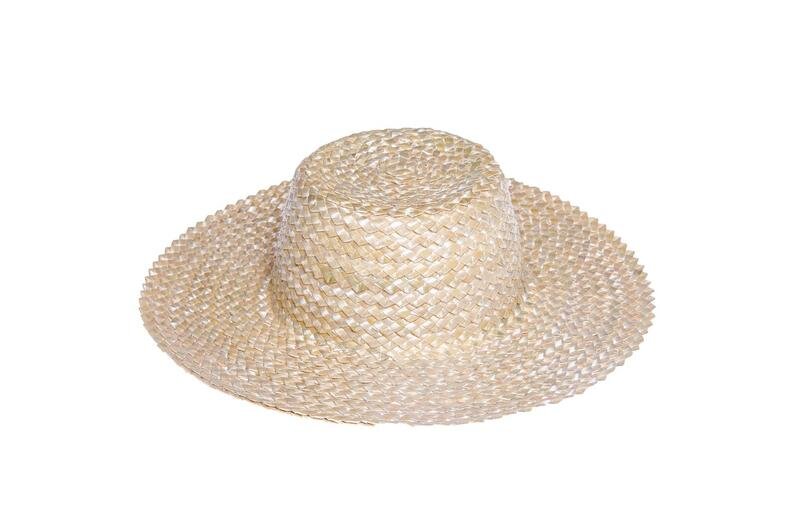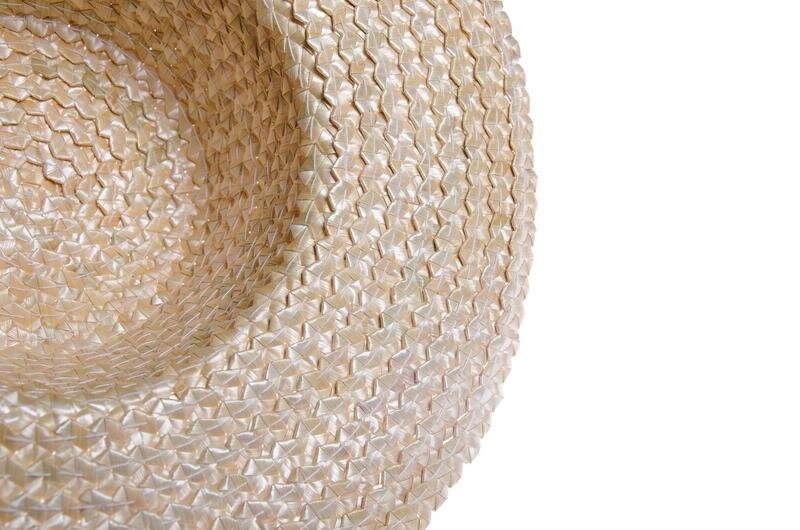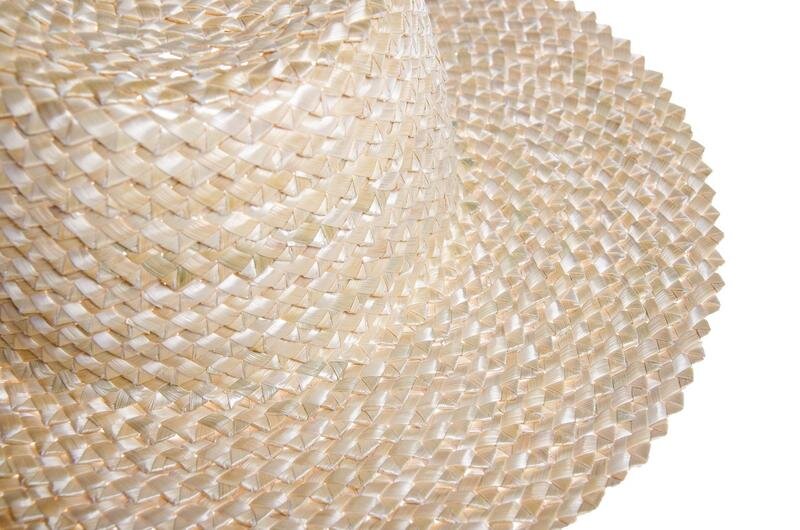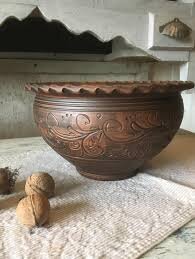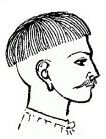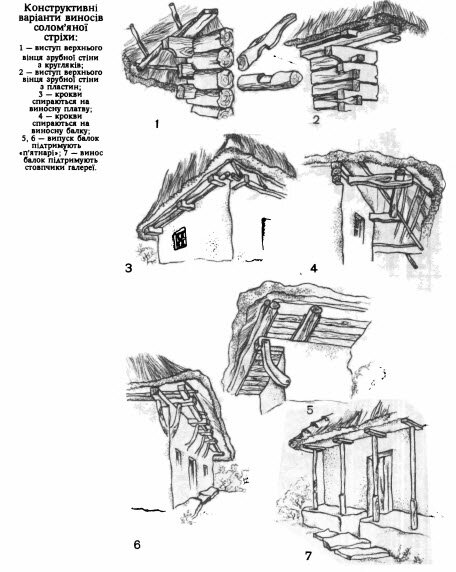Project “Батьківська Хата. Homestead.” - Overview of the Eastern Podilia Region.
This is the fifth post of our Батьківська Хата. Homestead project. You will find all of our earlier posts here. The goal of the project is to showcase the Ukrainian way of life in the late 19th - early 20th centuries from the main regions in Ukraine. The photographs for the project were taken at the Ukrainian National Museum of Folk Architecture and Life in Kyiv, Ukraine. All the clothing is authentic and was provided by some of the most prominent ethnographers in Ukraine. All of the people in the portraits are Ukrainians from Ukraine and Ukrainian diaspora from abroad.
In this post we will look at the architecture, clothing, and lifestyle of Eastern Podilia. Podilia is a geographic area located in the west-central and south-western parts of Ukraine and in northeastern Moldova. This geographic area spans several administrative regions of Ukraine with most of Podilia located in Khmelnytskyi and Vinnytsia regions.
The name Podilia derives from Old Slavic word “po”, meaning next to/along, and word “dol”, meaning valley. The Podolian Upland, an elongated, up to 472 ft (144 m) high plateau stretches from the Western and Southern Bug rivers to the Dniester, includes hill countries and mountainous regions with canyon-like fluvial valley. The "black earth" (chernozem) soil predominates, making it a very fertile agricultural area. Podilia is known for its cherries, mulberries, melons, gourds, and cucumbers.
All of the traditional clothes that appear in this blog post came from the private collection of Mr. Volodymyr Shchybrya. Mr. Shchybra is a distinguished academic. He holds a Candidate of Doctorate in History (PhD), serves as a Director of the Center of Folklore and Ethnography at the Department of Philology at Taras Shevchenko National University of Kyiv, and he is an assistant professor at the Folklore Department at Shevchenko’s University. In addition, Mr. Shchybrya is a famous ethnographer and a private collector of traditional Ukrainian clothes. We are very grateful for the guidance and resources provided by Mr. Shchybrya.
The traditional clothes featured in today’s post are from the Sharhorod district of Vinnytsia region circa late 19th – early 20th century. The homestead is from the village of Yaryshiv in the Mohyliv-Podilskyi District of Vinnytsia Region.
Below is a detailed description of each piece from the outfit:
Wool Coat (“Svyta”) (Вовняна Свита “Чугай”)
“Svyta” is a generic term for an outer coat. The outerwear was quite varied in this region and was influenced by the wealth of the person wearing it. The type of svyta on the photo above was made from wool fabric and was referred to as “chugai”. This particular chugai had a small standing collar but many of such coats had shawl collars with lapels. Men’s coats were less decorated as compared to women’s outer clothing.
Embroidered Shirt (Сорочка)
In Podilia, the men shirts were fairly long. The shirts were worn “na vypusk” – not tucked in, but over the pants. The shirt was embroidered in the front, on the standing collar, and on the cuffs. In older days, the hem of the shirt was finished in white openwork stitches. Most recently, it was embroidered. The fertile black soil of Podilia – the chornozem – grows a hemp, which produces a finer cloth than in other regions. The fabric had a slightly yellow shade, draped better, and did not crease the way linen clothes does.
Pants
Summer pants were made of polotno, a thin fabric, and winter pants were made of sukno, a thicker fabric. The pantlegs were narrow. Summer pants had a drawstring tied with the cord, and winter pants were worn with a leather belt.
Sash (Тканий Пояс)
Sashes were woven from red woolen threads. The ends in some sashes were decorated with kytychky (pom-poms).
Smuchkova Hat (Смичкова Шапка)
In many regions of Ukraine, including Podilia, a so called “smushkova” hat was the most popular men’s hat. The smushkova hat was made from the hide of young sheep. It had a cylindrical shape and often the crown of the hat was folded in. It was a winter hat but was often worn in the fall as well. Because it was an expensive hat and a status symbol, men often carried the hat in summer either in their hands or tucked under the belt.
In the summer, men wore straw hats (“cолом’яний бриль”), which they plaited themselves. The brim of the hat was of medium width and the crown of the hat was trimmed with red ribbon.
Men cut their hair using a bowl called makitra.
Boots (Чоботи)
The main wootwear was boots with high bootlegs.
The house pictured below is from village of Yaryshiv in the Mohyliv-Podilskyidistrict of VinnytsiaRegion. Please visit the National museum’s page for a detailed description of this homestead.
The house was built from locally available materials. The timber framing of the house was specifically designed for a non-load bearing infill material called saman, a clay-straw mixture.
The four sloped (pyramid) roof was thatched from hay. Many houses in Podilia had extended overhang of the roof. The overhang was supported using various methods as shown in the diagram below.
The roof overhang in the photograph below was supporting using curved corbels/brackets called piatnari (“п’ятнарі”). Also see # 5 and #6 in the diagram above.
The inside layout was very typical of a traditional Ukrainian house, where the pich (pronounced like peach), and an indoor wood-fired oven made out of clay, took up almost a quarter of the living space.
Old houses like this one had built-in furniture such as pil (rest area), benches, shelves and a zherdka (rail for garments). See the picture above.
These items were constructed along with the house and were an integral part of the building. There were no closets back then and clothes, along with other items, were hung on the zherdka (built-in garment rail).
Location: http://www.pyrohiv.com/
Model: Mr. Volodymyr Shchybrya
Clothes: private collection Mr. Volodymyr Shchybrya
Photographer: Svitlana Zadorovska
Project organizers: Olenka Bravo, Natalia Sturgill, Olena Khrystyuk, Olena Garcia, Olha Shulzhenko, Viktoriya Lundblade, Svitlana Zadorovska
Reference: World Federation of Ukrainian Women's Organizations (1992). Український Народний Одяг. Ukrainian Folk Costume. Toronto - Philladelphia
Retrieved from https://diasporiana.org.ua/wp-content/uploads/books/2674/file.pdf

